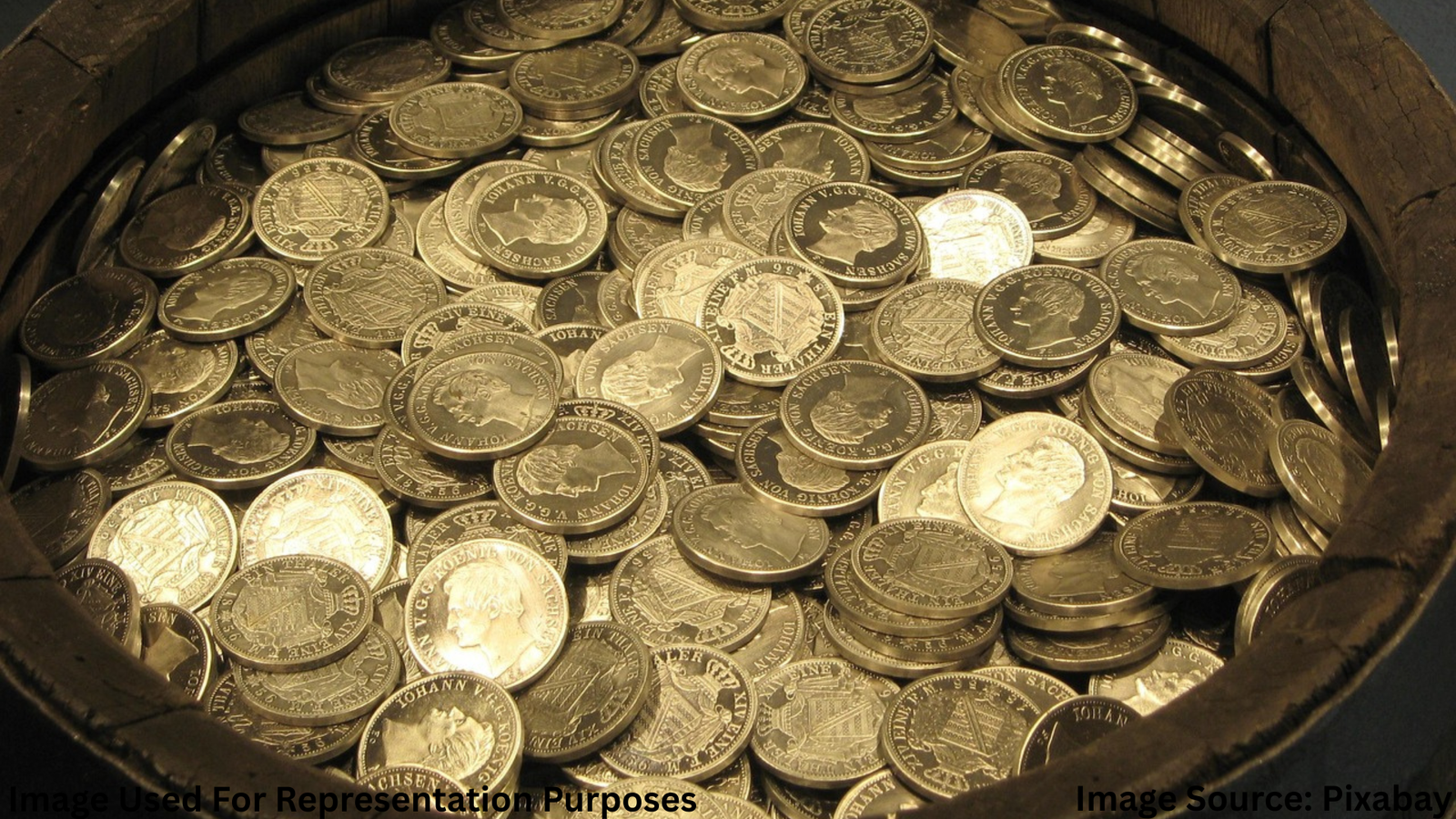
New Jersey Crime Rate
When discussing public safety in the Northeast, the New Jersey crime rate statistics often spark heated conversation. The state, known for its mix of urban sprawl and quiet suburbs, has seen various shifts in its crime landscape over the past few decades.
Historical Crime Trends in New Jersey
Historically, New Jersey experienced peak crime levels during the 1980s and early 1990s. Cities like Newark and Camden once had some of the highest crime rates in the nation. Since then, however, statewide crime rates have generally been on a decline thanks to coordinated efforts between police departments and local communities.
Major Crime Categories in the State
Violent Crimes
Violent crimes include murder, assault, rape, and robbery. According to FBI Uniform Crime Reporting, New Jersey’s violent crime rate has decreased over the last decade, with significant drops in homicides in cities like Trenton and Jersey City.
Property Crimes
These include burglary, theft, and motor vehicle theft. While still prevalent in urban areas, the property crime rate has also seen gradual decline due to neighborhood watch programs and enhanced surveillance systems.
Cybercrime
As with much of the country, cybercrime in New Jersey has been rising. From identity theft to phishing scams, digital crimes are now a serious concern across all counties.
New Jersey Cities with Notable Crime Rates
Newark
Once plagued with high violence, Newark has improved its safety record over the last 10 years. Targeted policing and community outreach have helped bring homicide numbers down.
Camden
Camden’s crime history has been turbulent, but recent transformations—including disbanding and restructuring the police department—have led to noticeable reductions in crime.
Trenton
While still facing challenges, Trenton’s law enforcement has implemented more transparent and accountable community policing programs.
What’s Behind the Numbers?
Crime rates are influenced by several socio-economic factors, such as:
- Poverty and unemployment
- Education access
- Drug use and trafficking
- Availability of mental health services
When these factors are addressed, neighborhoods often experience reduced crime rates.
State and Community Responses
Law Enforcement Strategies
The New Jersey State Police, along with local departments, use data-driven techniques to allocate patrols, analyze hotspots, and build community relationships.
Example: The Real Time Crime Center in Newark integrates technology with police intelligence to monitor public safety in real-time.
Youth and Education Programs
The “Safe and Sound Schools” initiative promotes school-based crime prevention through mentorship, mental health counseling, and conflict resolution.
Mental Health and Social Services
Collaborations between the police and mental health professionals have resulted in diversion programs that help people avoid incarceration and receive the support they need.
Real-Life Example: Community Action in Camden
In 2013, Camden made a bold move by dissolving its city police force and building a new one under county oversight. Officers underwent new training focused on de-escalation and community building. Over the next few years, violent crime dropped by 42%, and public trust in the police rose significantly.
Practical Safety Advice for Residents
If you’re living in or visiting New Jersey, here are a few tips to stay safe:
- Stay updated with local crime alerts through Nixle or neighborhood apps
- Install security systems at home
- Avoid poorly lit areas at night
- Get to know your neighbors—strong communities deter crime
- Report suspicious activities immediately
Conclusion: Moving Toward a Safer New Jersey
The New Jersey crime rate statistics reveal both challenges and progress. While crime remains a concern in several urban zones, the state is actively working toward change. Through innovative policing, community involvement, and support services, New Jersey continues its journey to becoming a safer place for all.

Akalumhe Jefferson is a content writer with a new found interest for crafting engaging stories that transport readers to new worlds. Although no current actual background in creative writing but there’s active love for writing



